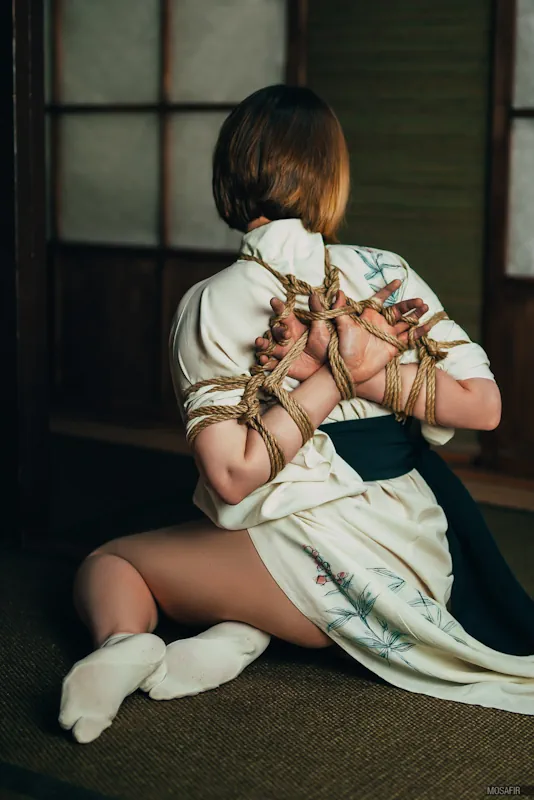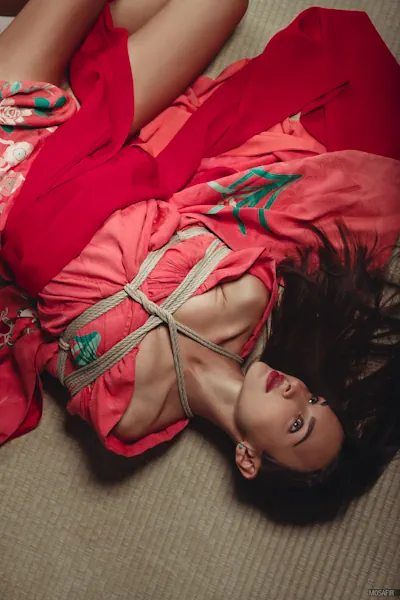
1 jute rope
You can start with one rope. This will be enough to learn the basic single column tie and double column tie. There is also a technique of tying with one rope – Ichinava (Iponnawa), be sure to try it when you gain a little experience.
3 ropes for shibari
It is best to have three ropes to start with. This is enough to learn most of the basic tying and shibari patterns. And it’s already enough for simple play with your partner: simple bondage and tying.
5 jute ropes for the beginner
But still, I would recommend having a starter kit of at least 5 skeins of 8 meters. With that amount, you’ll be able to tie your partner up and tie him or her to something.

7 ropes is an advanced kit
If you are ready to move on to semi-suspenders or more complex full-body harnesses, it makes sense to have 7 ropes.
9 ropes is a complete set
For those who perform shibari suspensions, the complete set will consist of 9 ropes. This will be enough for you 90% of the time.
I also have one rule that has saved my action more than once: you should always have at least one rope in stock!
For a few years I had a lot of tying up – more than 10 times a week. And I noticed that my ropes deteriorated very quickly – in two months or less. Although my ropes have always been high grade. But shibari with hangers really traumatizes the jute rope. And I found a way out!
18 ropes for shibari
Yes, my kit now has 18 ropes of 8 meters each. This allows for more even rope wear due to random rotation. That is to say, this set lasts about one and a half to two times longer than if the 9 piece sets were used one at a time.
I’m also developing my own style of chaotic binding: “Chaotic Rop by Mosafir”. It takes a lot of rope to tie. This style gives the model a lot of interesting sensations and emotions. And the audience likes it because of its dynamics and unusual technique. You can see what it looks like in the video below.
Is it worth using ropes of different lengths for shibari?
Personally, I don’t see the point of having ropes of different lengths in a set. On the Internet you can still find recommendations on how to make a set of different lengths. But in the modern development of shibari technique this approach is practically abandoned. It is easier to learn how to quickly and neatly remove the end of the rope.
But in my set there are N- number of short pieces (1-3 meters), which are sometimes very useful, especially in performances, when there is no time to remove the long end of the rope). I get them spontaneously – when I cut worn rope.
IMPORTANT: If you see a flaw or wear on your rope, remove it from your working kit or cut it at that point. Remember, no rope is worth even a small injury to your partner!
Regards
